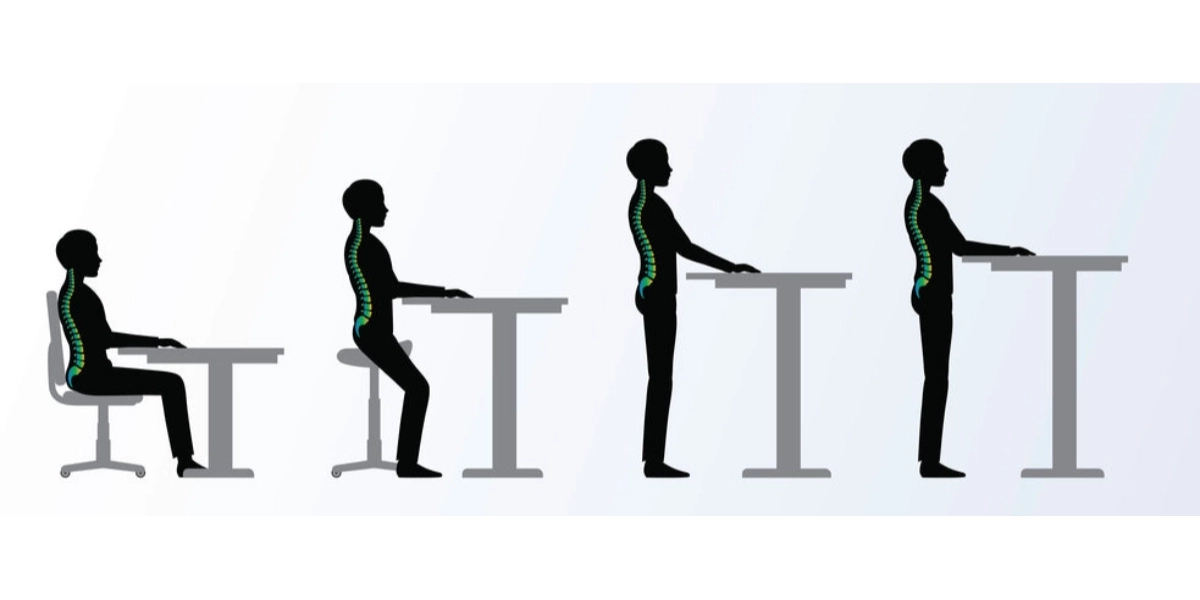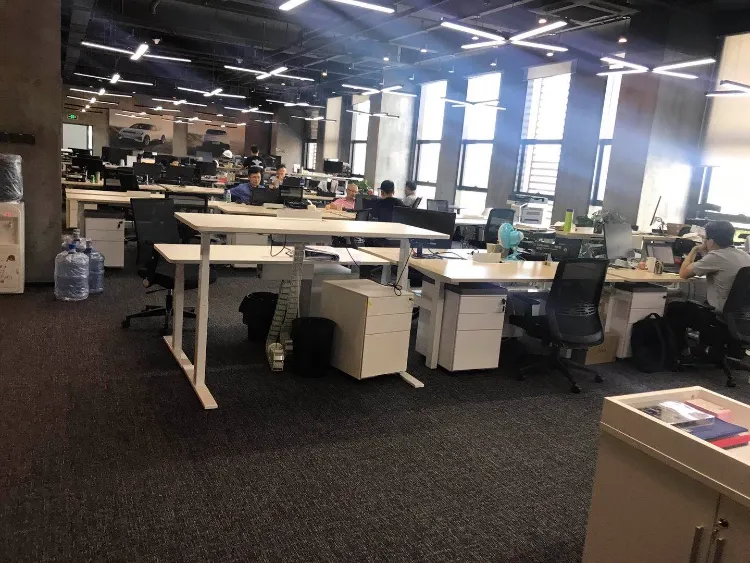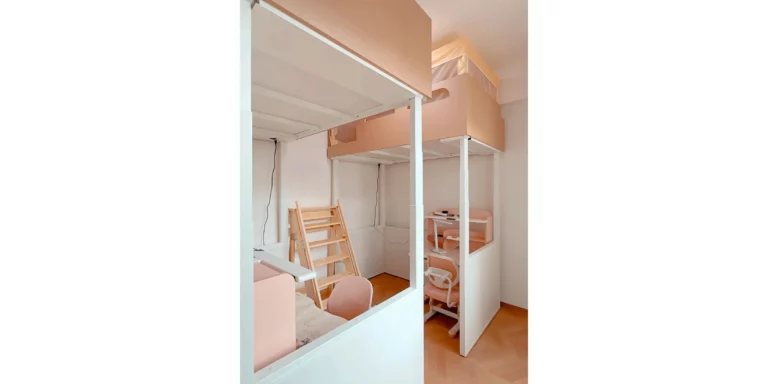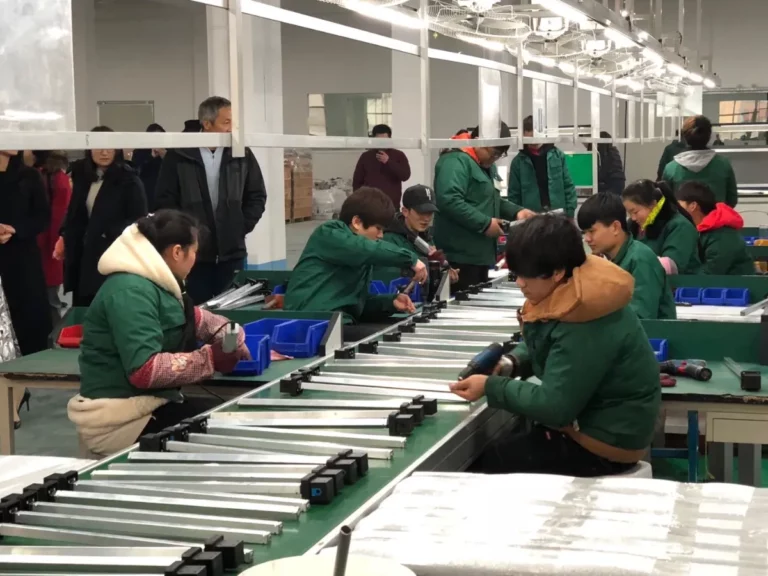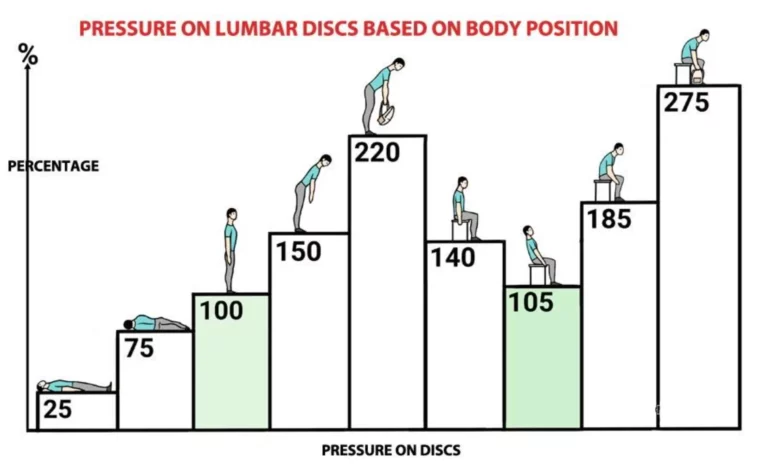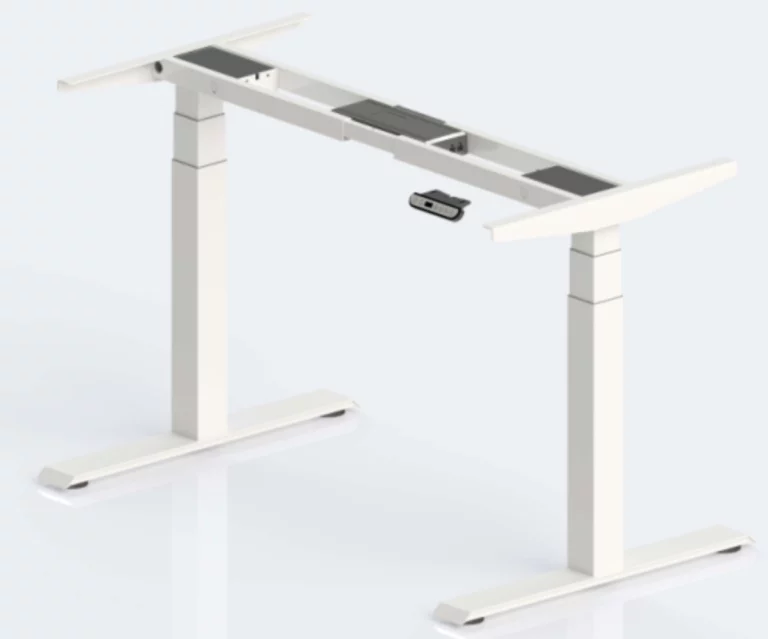Standing Sitting Desk vs Sitting Desk — Pros and Cons
As the awareness of the importance of ergonomics in the workplace continues to grow, the debate between the standing sitting desk and the sitting desk has become a hot topic among office workers, health professionals, and ergonomics experts. In this comprehensive guide, we will delve into the pros and cons of both standing desks and sitting desks to help you make an informed decision on which option is best for you.
Standing sitting desk:
Pros:
- Reduced Risk of Sedentary Behavior: One of the biggest advantages of using a height adjustable standing sitting desk is the reduction in sedentary behavior[1]. Prolonged sitting has been linked to various health issues, including obesity, diabetes, and cardiovascular disease. Standing while working can help combat these negative effects on health.
- Improved Posture: Standing sitting desk promotes better posture and can help alleviate back and neck pain that is often associated with sitting for extended periods. By standing, you are more likely to engage your core muscles and maintain a more natural spine alignment.
- Increased Energy and Focus: Many users report feeling more energized and focused when working at a height adjustable desk. The act of standing can help increase blood circulation and oxygen flow, leading to improved alertness and productivity.
- Calorie Burn: Standing burns more calories than sitting, albeit not a significant amount. However, over time, these extra calories burned can add up and contribute to weight management.
- Customizable Options: Standing sitting desk comes in various designs, including adjustable height desks that allow for seamless transition between sitting and standing. This flexibility enables users to find the optimal working position for their comfort and productivity.
Cons:
- Leg Fatigue: Standing for prolonged periods can lead to leg fatigue and discomfort, especially for individuals who are not accustomed to standing for extended durations. It is essential to incorporate breaks and proper footwear to mitigate this issue.
- Varicose Veins: Standing for long hours without movement can increase the risk of developing varicose veins. It is crucial to move around periodically and perform calf stretches to promote healthy blood circulation.
- Potential Back Strain: While standing sitting desk can improve posture for many users, some individuals may experience back strain if they do not maintain proper alignment and support. Ergonomic accessories such as anti-fatigue mats and footrests can help alleviate this issue.
- Initial Adjustment Period: Transitioning to a standing sitting desk may require an adjustment period for your body to adapt. It is recommended to gradually increase standing time and listen to your body’s feedback to avoid overexertion.
- Cost: A standing sitting desk can be more expensive than a traditional fixed-height desk, especially models with advanced features such as electronic height adjustment. The initial investment may deter some users from making the switch.
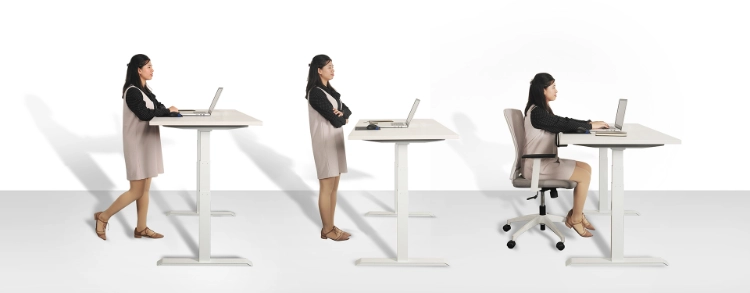
Sitting Desk:
Pros:
- Comfort: Sitting desks are often perceived as more comfortable, especially for tasks that require prolonged periods of focus and concentration. The support provided by a chair can help reduce fatigue and improve overall comfort.
- Ease of Use: Sitting desks are familiar and widely used in traditional office settings. Workers who are accustomed to sitting while working may find it easier to maintain productivity and workflow at a fixed-height desk.
- Less Risk of Varicose Veins: Sitting desks can reduce the strain on the lower body and lower the risk of developing varicose veins compared to adjustable-height desks. Proper ergonomics, including chair height and back support, are crucial to prevent posture-related issues.
- Affordability: Sitting desks are typically more affordable than adjustable-height desks, making them a cost-effective option for individuals and organizations on a budget. Basic sitting desks provide a functional workspace without the added expense of height-adjustable features.
- Versatility: Sitting desks offer versatility in seating options, allowing users to choose ergonomic chairs that fit their comfort preferences. The ability to adjust the chair height, lumbar support, and armrests can further enhance comfort and support while working.
Cons:
- Health Risks: Prolonged sitting has been associated with various health risks, including obesity, cardiovascular disease, and musculoskeletal disorders. The sedentary nature of sitting for extended periods can have long-term negative effects on overall health and well-being.
- Poor Posture: Sitting for long hours can lead to poor posture, especially if the chair lacks adequate support for the lower back. Slouching and hunching over a desk can contribute to back pain, neck strain, and other musculoskeletal issues.
- Reduced Energy Levels: Some individuals may experience a decrease in energy levels and alertness when sitting for extended periods. The lack of movement and blood circulation associated with sitting can lead to feelings of fatigue and decreased productivity.
- Muscle Stiffness: Sitting for prolonged periods can cause muscle stiffness, particularly in the hips, lower back, and shoulders. Stretching exercises and regular breaks can help alleviate muscle tension and improve overall comfort.
- Limited Movement: Sitting desks restrict movement compared to adjustable-height desks, which allow for more dynamic postures and frequent changes in position. The lack of movement while sitting can lead to stiffness and discomfort over time.
In conclusion, both standing desks and sitting desks offer unique benefits and drawbacks that should be considered based on individual preferences, work tasks, and health considerations. A combination of both sitting and standing throughout the workday, known as active sitting, maybe the most optimal solution to promote movement, improve posture, and enhance overall well-being. Ultimately, the key lies in finding a balance between sitting and standing that works best for your comfort, productivity, and health goals.
Remember to consult with an ergonomics expert or healthcare professional if you have specific health concerns or ergonomic needs related to your workspace. Making informed decisions about your desk setup can have a significant impact on your overall health and productivity in the long run.
Vaka is pround to be one of the leading ergonomic standing desk suppliers and manufacturers in China.

